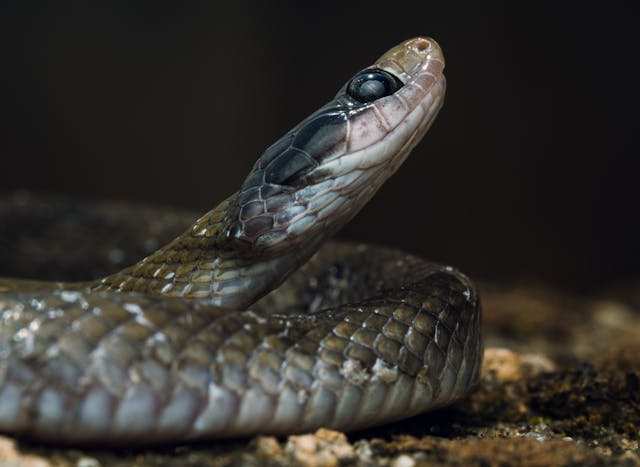Introduction
The bowtie snake is a unique and unusual reptile known for its distinctive look and behavior. With its uncommon coloration patterns and swish movements, this snake has captured the hobby of herpetologists and reptile fanatics alike.
What is a Bowtie Snake?
The bowtie snake gets its name from the unique pattern comparable to a bowtie that appears alongside its lower returned. This feature units it apart from specific species of snakes.
Key Characteristics of the Bowtie Snake:
- Distinctive Marking: The bowtie-long-established styles are commonly darkish in coloration, contrasting with a lighter frame.
- Length: Most bowtie snakes range from 3 to 5 toes in period.
- Habitat: These snakes are native to tropical and subtropical areas.
- Behavior: Generally non-aggressive, they prefer to live hidden and avoid a battle of phrases.
Habitat and Distribution
Bowtie snakes are typically placed in dense forests, marshes, and areas with ample vegetation. They are professional climbers and often search for haven in timber or bushes.
Regions where Bowtie Snakes are Common:
- Southeast Asia
- Central Africa
- South America
Preferred Environments:
- Rainforests
- Wetlands
- Savannahs
Diet of the Bowtie Snake
Bowtie snakes are carnivorous, preying on small mammals, birds, and amphibians. Their food plan can vary depending on their place and available prey.
Common Prey for Bowtie Snakes:
- Rodents
- Small birds
- Frogs
- Lizards
How They Hunt:
- Bowtie snakes are ambush predators, which means they lie in sit-up for their prey to return close before setting.
- They use constriction to subdue their prey, wrapping their bodies around it until it is able to breathe no longer.
Breeding and Lifespan
Bowtie snakes reproduce via laying eggs, generally in hidden regions, which include beneath logs or dense flora.
Key Points About Bowtie Snake Reproduction:
- Breeding Season: Spring and early summer time.
- Clutch Size: Typically 10 to fifteen eggs in keeping with seize.
- Incubation Period: Eggs hatch after about 60 to 70 days.
- Lifespan: Bowtie snakes can stay for 15 to 20 years inside the wild.
Caring for a Bowtie Snake in Captivity
If you propose on keeping a bowtie snake as a puppy, there are various crucial elements to remember. Proper care is vital for the fitness and well-being of the snake.
Steps to Care for a Bowtie Snake:
- Terrarium Size: Provide a large enough enclosure for the snake to move spherical quite sincerely (at least forty gallons).
- Temperature: Maintain a warm temperature range of 75°F to eighty five°F all through the day and slightly more incredible at night time time.
- Humidity: Keep the humidity stage between 60% to 70%.
- Diet: Feed your bowtie snake an eating regimen of as it ought to be sized rodents every 1 to two weeks.
- Handling: Handle the snake gently and keep away from overhandling, as it is able to motivate pressure.
FAQs About Bowtie Snakes
- Are bowtie snakes venomous?
No, bowtie snakes are non-venomous. They use constriction to seize and kill their prey.
- Can I preserve a bowtie snake as a domestic dog?
Yes, bowtie snakes can be stored as pets. However, they require precise care, together with proper housing, diet, and temperature control.
- How large do bowtie snakes get?
Most bowtie snakes emerge as around three to 5 feet in period.
- What do bowtie snakes eat?
Bowtie snakes primarily devour small mammals, birds, and amphibians.
- Where do bowtie snakes live?
Bowtie snakes are positioned in tropical and subtropical regions, which include Southeast Asia, Central Africa, and South America.
Conclusion
The bowtie snake is a fascinating species, each for its extraordinary markings and its particular conduct. While they may be saved as pets, they require devoted care and the proper environment. Whether within the wild or in captivity, bowtie snakes stay a captivating scenario for those curious about reptiles. Original collaboration
